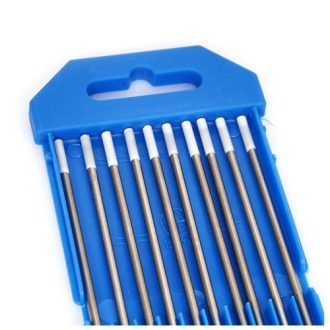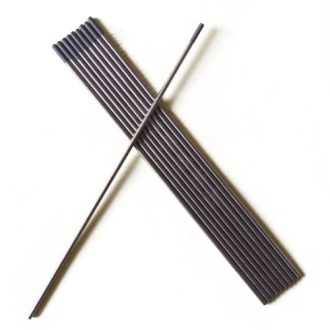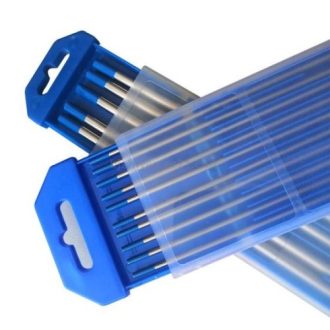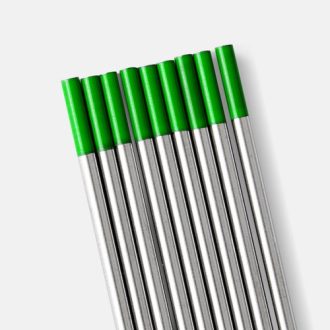High-Silicon Aluminum Alloy
|
Property |
High-Silicon Aluminum Alloy | Aluminum Silicon Carbide (AlSiC) |
| Density | 2.4~2.7 g/cm³ (lighter) |
2.8~3.1 g/cm³ |
|
Thermal Conductivity |
100–160 W/m·K | 160–200 W/m·K (superior) |
| CTE Adjustability | 7–20 ppm/°C |
6–12 ppm/°C (closer to semiconductor CTE) |
|
Strength |
Moderate-high (light/medium loads) | Ultra-high (impact-resistant, heavy-duty) |
| Ideal Applications | Portable devices, mid-power systems |
Defense, aerospace, high-power electronics |
High-Silicon Aluminum Alloy and Aluminum Silicon Carbide (AlSiC) – Advanced Solutions for Electronic Packaging and Thermal Management
High-Silicon Aluminum Alloy: Perfect Balance of Lightweight Design and Thermal Control
Material Characteristics
High-silicon aluminum alloy is a binary alloy composed of silicon (Si) and aluminum (Al). By adjusting silicon content (typically 50%-80%), it combines silicon’s high strength and low thermal expansion with aluminum’s lightweight and high thermal conductivity, making it an advanced material engineered for high-tech industries.
- Lightweight Design: Density of 2.4~2.7 g/cm³, significantly lower than traditional metals like copper or steel, enabling weight reduction in aerospace systems and portable electronics.
- Adjustable Thermal Expansion Coefficient (CTE) : CTE range 7–20 ppm/°C. Increasing silicon content reduces CTE values, ensuring precise compatibility with chips, ceramics, and other critical components.
- Superior Integrated Performance:
- Thermal conductivity: 100–160 W/m·K for efficient heat dissipation;
- Specific strength and stiffness surpass magnesium and titanium alloys, with excellent creep resistance;
- Surface compatibility with gold, silver, copper, and nickel plating, alongside superior weldability and precision machining capabilities.
Applications
- Aerospace: Satellite electronic packaging, thermal control structures, inertial navigation systems;
- High-Performance Electronics: 5G RF module housings, CPU/GPU packaging bases, high-power LED heat sinks;
- Portable Devices: Ultra-thin laptop heat spreaders, drone motor cooling assemblies.
Technical Advantages
- Custom Silicon Content: Tailor alloy ratios to balance CTE and mechanical properties for specific applications;
- Precision Machining: Directly mill, drill, or polish into complex geometries, slashing post-processing costs.
Aluminum Silicon Carbide (AlSiC): A Revolutionary Leap in Strength and Thermal Efficiency
Material Innovation
Aluminum Silicon Carbide (AlSiC) is a ceramic-reinforced aluminum matrix composite. Fabricated via vacuum pressure infiltration, molten aluminum is forced into porous SiC preforms, forming a 3D interpenetrating structure that drastically enhances mechanical and thermal properties.
Core Properties
- Ultra-High Strength and Stiffness:
- Flexural strength ≥350 MPa, hardness up to HRB 85—2–3x higher than traditional aluminum alloys;
- Elastic modulus 220–260 GPa, rivaling titanium alloys for exceptional deformation resistance.
- Advanced Thermal Management:
- Thermal conductivity 160–200 W/m·K, matching pure aluminum for rapid heat dissipation;
- Tunable CTE range of 6–12 ppm/°C, ideal for GaAs, AlN, and other semiconductor interfaces.
- Extreme Environment Resilience: Resists corrosion, radiation, and temperatures exceeding 300°C, ensuring reliability in harsh conditions.
Applications
- Defense & Aerospace: Missile guidance system housings, spacecraft power modules;
- Power Electronics: IGBT/DBC substrates, EV motor controller cooling plates;
- Optoelectronics: Laser diode heat sinks, fiber-optic device encapsulation.
Process Advantages
- Near-Net-Shape Fabrication: Pre-form SiC skeletons to customer specifications, minimizing machining waste;
- Composition Flexibility: Adjust SiC content between 40%–75% to optimize mechanical and thermal performance.
High-Silicon Aluminum Alloy vs. AlSiC: Choosing the Right Solution
| Property | High-Silicon Aluminum Alloy | Aluminum Silicon Carbide (AlSiC) |
| Density | 2.4~2.7 g/cm³ (lighter) | 2.8~3.1 g/cm³ |
| Thermal Conductivity | 100–160 W/m·K | 160–200 W/m·K (superior) |
| CTE Adjustability | 7–20 ppm/°C | 6–12 ppm/°C (closer to semiconductor CTE) |
| Strength | Moderate-high (light/medium loads) | Ultra-high (impact-resistant, heavy-duty) |
| Ideal Applications | Portable devices, mid-power systems | Defense, aerospace, high-power electronics |
Why Partner with Us?
- Space-Certified Quality: Materials tested under NASA and ESA extreme-condition protocols;
- End-to-End Support: Full-cycle services from design simulation to mass production, with prototypes delivered in 15 days;
- Cost Efficiency: Proprietary AlSiC infiltration technology slashes production costs by 30% versus global competitors.
From satellites to smartphones, High-Silicon Aluminum and AlSiC redefine thermal management through cutting-edge material science.
Contact us today to request a free material selection guide and samples!
LATEST RECOMMENDED
GET A QUOTE
Send us an Inquiry now to find out more Information and the latest prices,thanks!
Hubei Fotma Machinery Co. Ltd.
Wechat / Whatsapp / Mobile:
+86 13995656368, +86 13907199894
Tel: +86-27-67845266
Email: bunny@fotma.com, export@fotma.com
Address: Guanggu Avenue 52#, Hongshan, Wuhan,
Hubei province, P.R.China. 430074



